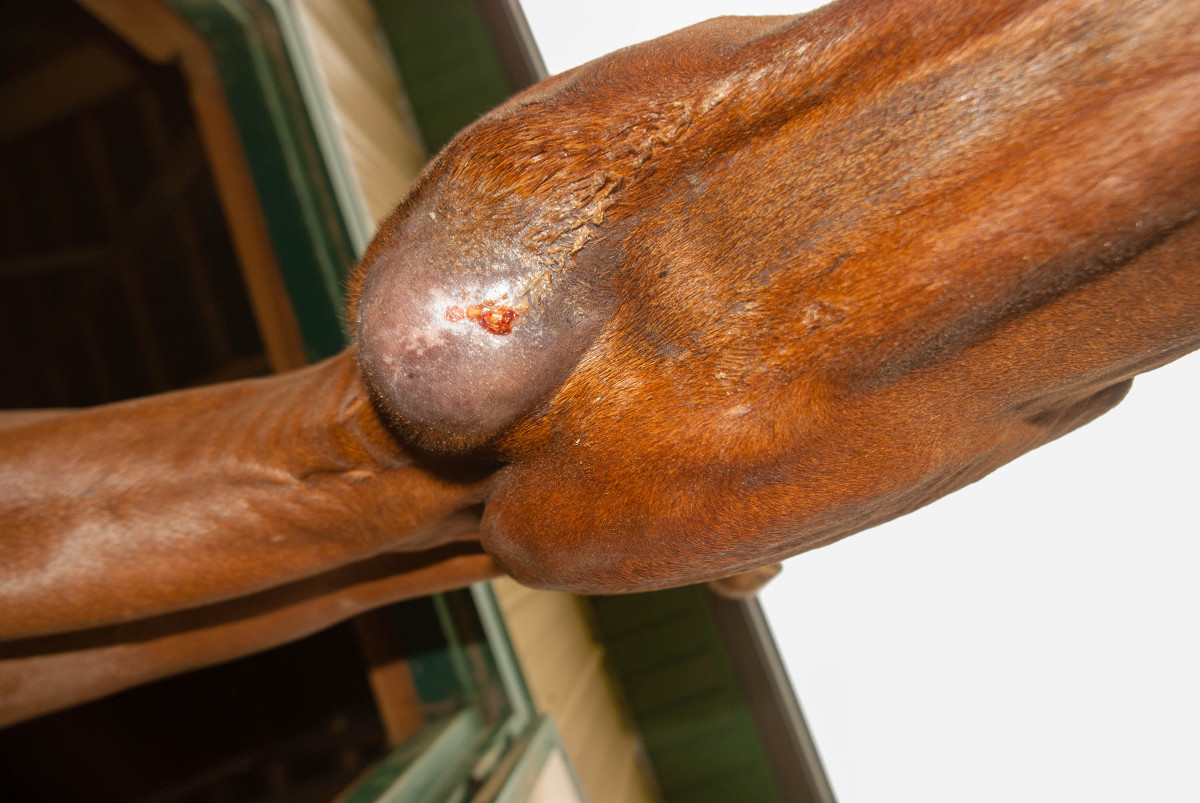
At the 2021 International Equine Infectious Disease Conference, Andrew Waller, Chief Scientific Officer for Intervacc in Stockholm, discussed new information about Streptococcus equi sp. Equi. He advised that during World War I, about 8 million horses died from strangles, in large part due to mixing of horses from all over the world. This stimulated development of a more difficult strain of equine strangles.
Today, there is increasing worldwide transport of horses for competition and sale, adding to exposure. While the clinical signs remain about the same, the disease has become more transmissible. In addition, development of carrier horses involves shedding of Strep bacterial strains that might evade the immune response with the potential for increased antibiotic resistance. Of 1,171 S. equi genomes, 7.2% have mutations that target the penicillin-binding site, leading to increased resistance to penicillin.
Several vaccines are available or in development against S. equi:
- Live-attenuated vaccine given via intranasal or intra lip—there is no ability to differentiate infected horses from vaccinates. These individuals will be culture positive, PCR positive for DNA, and serologically positive.
- Cell-free extract vaccines use no live agent and are given via intramuscular injection. Horses receiving this type of vaccine will be culture negative, should be PCR negative, but might be serologically positive because the surface proteins are the same as used in the diagnostic test.
- Recombinant fusion protein vaccine also has no live agent and is given intramuscularly. It contains eight important S. equi proteins. A horse receiving this vaccine will be culture negative, PCR negative, and serologically negative because these proteins differ from those used in diagnostic tests.
Waller stressed that biosecurity is critical, and every farm should have an outbreak plan in advance of an occurrence. It is also important to identify and treat persistently infected carriers, and to use vaccine to ward off outbreaks.
With strategic programs, it is possible to eradicate strangles from local areas.








